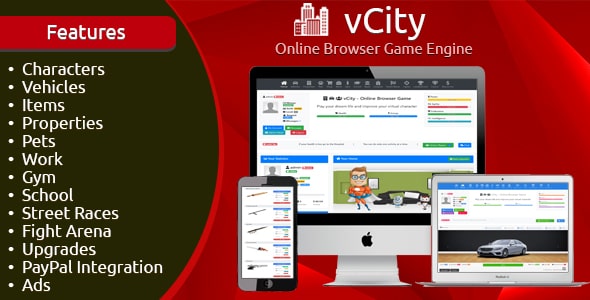2. Presentation Independence
Once again, you don’t really know
where your web site is headed or where technology is headed. I was
never a big believer in this – HTML is really the standard, especially
in web apps. If that ever changes, I figured I could always rewrite.
where your web site is headed or where technology is headed. I was
never a big believer in this – HTML is really the standard, especially
in web apps. If that ever changes, I figured I could always rewrite.
But if you get to where you have a truly huge, complex app, then
you need to start thinking about alternative interfaces to your
database. What you don’t want to do is start copying and pasting
logic, permission checks, etc around your site. Let’s say you need to
make your site WAP-enabled so cell-phone users can surf. If you
designed your app right, you can just write a thin WAP presentation
layer that calls all your data-access objects. If you didn’t design
your app right, suddenly you have to maintain both an HTML version
of your site and a WAP version.
you need to start thinking about alternative interfaces to your
database. What you don’t want to do is start copying and pasting
logic, permission checks, etc around your site. Let’s say you need to
make your site WAP-enabled so cell-phone users can surf. If you
designed your app right, you can just write a thin WAP presentation
layer that calls all your data-access objects. If you didn’t design
your app right, suddenly you have to maintain both an HTML version
of your site and a WAP version.
I’m running into this on SourceForge. We have this huge user
base of people who want to submit/fetch their bugs, tasks, etc.
At first, we figured it would all be through our web interface.
Then with some pressure from people like Eric Raymond and others,
we’ve decided to expose the database using an
XML interface.
base of people who want to submit/fetch their bugs, tasks, etc.
At first, we figured it would all be through our web interface.
Then with some pressure from people like Eric Raymond and others,
we’ve decided to expose the database using an
XML interface.
Fortunately, we undertook an effort back in April to separate out
the core logic of the site from its presentation. I’ll try to explain
how we did this, and hopefully others will chime in with their own
methods.
the core logic of the site from its presentation. I’ll try to explain
how we did this, and hopefully others will chime in with their own
methods.
The bug tracker and other tools on SourceForge are now split into
two distinct libraries – the HTML library and the data library.
The data library checks to make sure the right values were passed in,
handles security checks, and basically returns only true or false on
success/failure.
two distinct libraries – the HTML library and the data library.
The data library checks to make sure the right values were passed in,
handles security checks, and basically returns only true or false on
success/failure.








